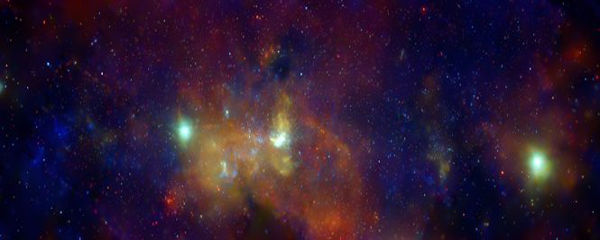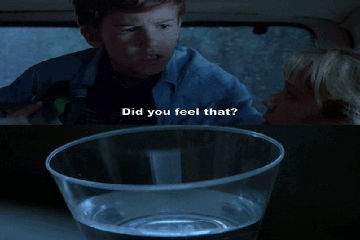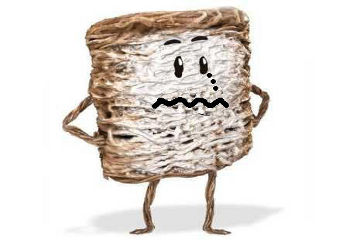What I’ve Learned:
“Love wave: It’s DEFINITELY not the motion of the ocean.”
When you see the term “Love wave”, you might think it’s any number of pleasant things. Some kind of humanitarian pay-it-forward deal. A page for really flexible people from the Kama Sutra. How hippies say hello.
Hey, I said “pleasant”. I never said “freshly showered”.
As it happens, a Love wave is none of these things. A bunch of physicists got to the phrase first, so now it means something much more serious — and not nearly so pleasant. Or in any way love-ly.
The Love wave is actually named for Augustus Edward Hough Love.
(And with a name like that, it seems unlikely he was familiar with either the Kama Sutra or hippiedom. I bet he never even went to Burning Man.)
Love was a British mathematician who in 1911 made a prediction about waves traveling along a surface. Not all surface waves, though — just one specific type, on a very particular sort of surface. You wouldn’t see these waves where the usual surface waves show up — on ponds, or in glasses of water when T. rexes are nearby, or when somebody farts on a waterbed. Those waves are boring; they just travel in a straight line away from the origin, moving the surface up and down as they pass with no razzle-dazzle at all.
But Love had another surface in mind. He imagined waves not on water, but on a surface sitting atop other layers of material. If the top layer is “low-velocity” — that is, a material the wave moves through more slowly, compared to the layer(s) below — Love predicted a different sort of wave could form. A sexy wave that wouldn’t rock the surface up and down, but instead would shake it side to side, like a Polaroid picture.
Only Polaroids weren’t invented yet when Love worked out the math for all this, so the analogy probably wouldn’t have occurred to him.
(Possibly he said his waves “shake like a quick-drying daguerreotype”, but that’s way harder to work into song lyrics, so what’s even the point, really?)
If you live on a pond — or, say, Waterworld — then Love waves probably aren’t of much interest. But if you’re a landlubber, then you’re living on a low-velocity layer atop a bunch of other layers. Most of us call that “earth”, and when it shakes around a lot, we call that an “earthquake”. And Love waves are one of four major types of wave that spread out from earthquake events, just as A.E.H. Love predicted.
In fact, Love waves can be the most damaging type of seismic wave produced by earthquakes. Two of the types — P-waves and S-waves — are “body waves”, which travel quickly through the solid body of the earth and may affect the surface less if they’re sufficiently deep. The “boring” sort of surface wave — called Rayleigh waves after Lord Rayleigh, pip pip, indeed, Bob’s your uncle — undulates the ground as it passes. That’s no picnic for buildings and bridges and such, but at least the movement is fairly regular, and relatively slow.
Love waves, on the other hand, are transverse surface waves, so they shear the surface in layers, side to side — and they’re a little faster than Rayleigh waves, too. In culinary terms, if Rayleigh is a “rough chop”, Love is a fine mince. And considering all the waves come at you during an earthquake, it’s no surprise the aftermath often looks like it’s been through a blender.
So there’s no reason to love Love waves, though it might be helpful to know about them. They’re the side-to-side jostling most people feel during an earthquake — and the best you can hope for at that point is that you’re sharing a bed with someone you love, and hoping that’s why “the earth just moved”.
Preferably with the Kama Sutra. But not an unwashed hippie.




